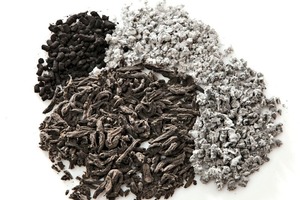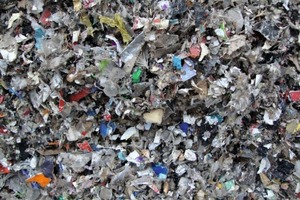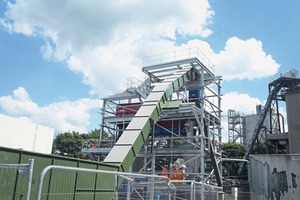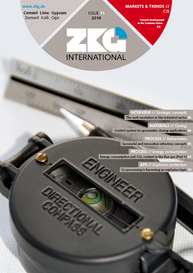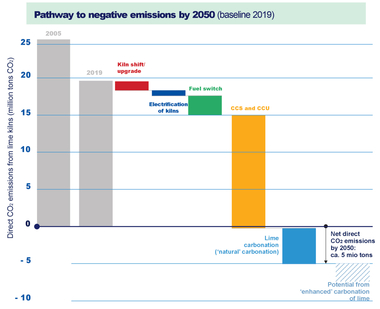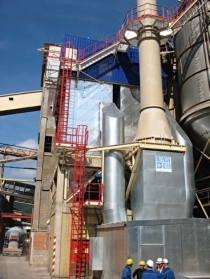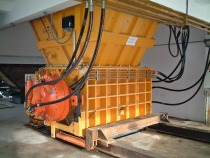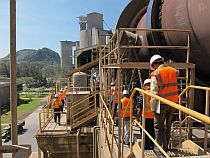Co-processing is becoming
an explosive topic
Materials used for co-processing typically consist of pre-processed liquids or solids in the form of chips, pellets of fluffy crumbs. However, the use of liquid and solid alternative fuels in cement kilns is bringing new danger.
Many European cement kilns are now co-processing alternative fuels for coal substitution to reduce their carbon emissions and to reduce operational fuel costs. Materials used for co-processing typically consist of pre-processed municipal waste derived high calorific fractions, industrial liquid waste like solvents and solid, commercial waste including wrappings like paper, card, textiles or plastic, or end-of-life tyres, dried sewage sludge (Fig. 1) as well as meat and bone meal (MBM) in the form of chips, pellets of fluffy crumbs (Fig. 2).
Typically, the risks from gas explosions gets much...

